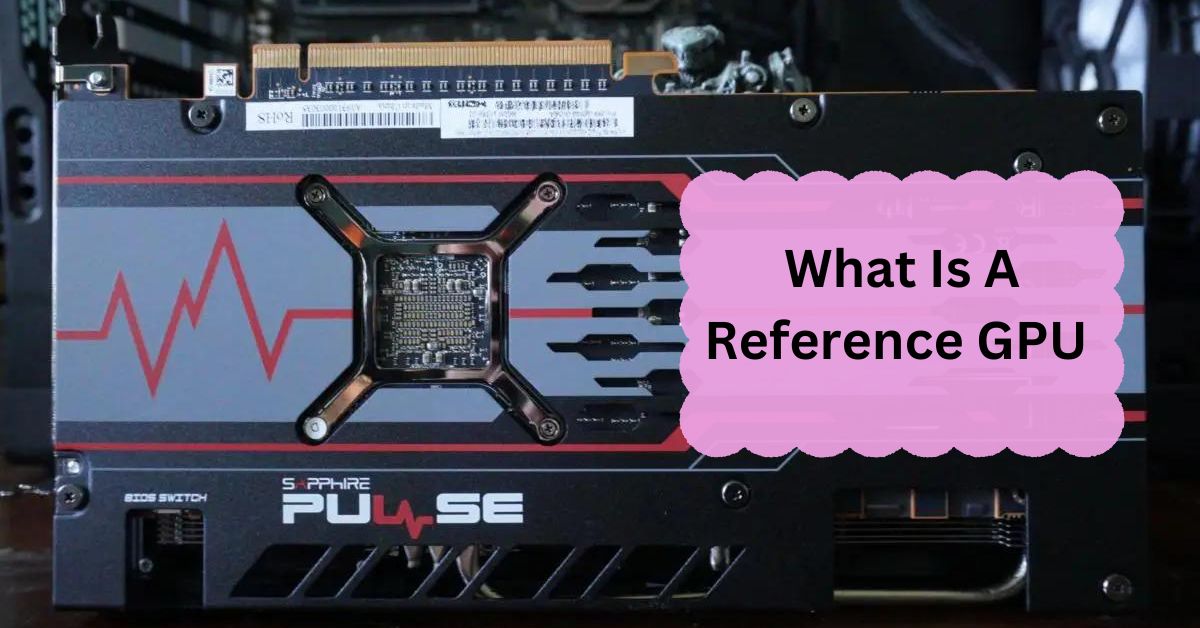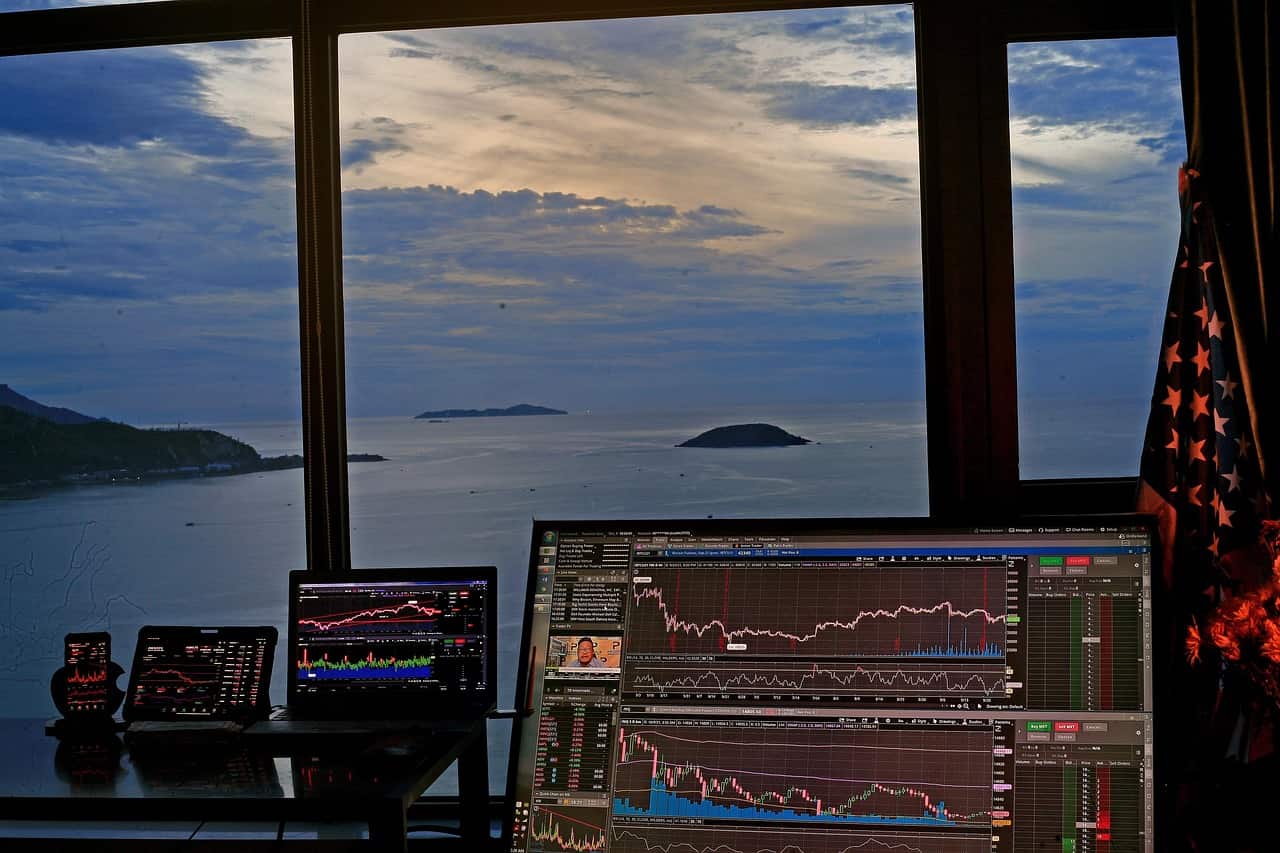In the ever-evolving world of computer hardware, graphics processing units (GPUs) play a pivotal role in delivering stunning visuals and smooth performance. If you’ve been exploring the GPU market, you’ve probably come across terms like “reference GPU” and “custom GPU.”
A Reference GPU is the original design of a graphics card created by the manufacturer of the GPU chip, such as NVIDIA or AMD. This design is the first version of the graphics card that the company releases to the public. It serves as a model or “reference” for other companies that want to create their own versions of the same GPU.
In this article, we will discuss “What Is A Reference GPU”.
Table of Contents
Introduction to GPUs:
GPUs are specialized processors designed to handle complex graphical computations. Whether you’re gaming, editing videos, or running graphic-intensive applications, a robust GPU ensures that your visuals are rendered seamlessly and efficiently.
Over the years, companies like NVIDIA and AMD have dominated the GPU landscape, consistently pushing the boundaries of what’s possible in graphics technology.
Understanding Reference GPUs:
A reference GPU refers to the original design and specifications provided by the GPU’s manufacturer, typically NVIDIA or AMD. This design serves as a standard or “reference” for other manufacturers and partners who wish to produce their versions of the GPU.
Essentially, it’s the blueprint that outlines the exact specifications, including the cooling solution, clock speeds, power delivery, and overall aesthetics.
Reference GPU vs. Custom GPU
Now that you know what a Reference GPU is, you might wonder how it differs from a Custom GPU. Let’s look at the key differences between the two.
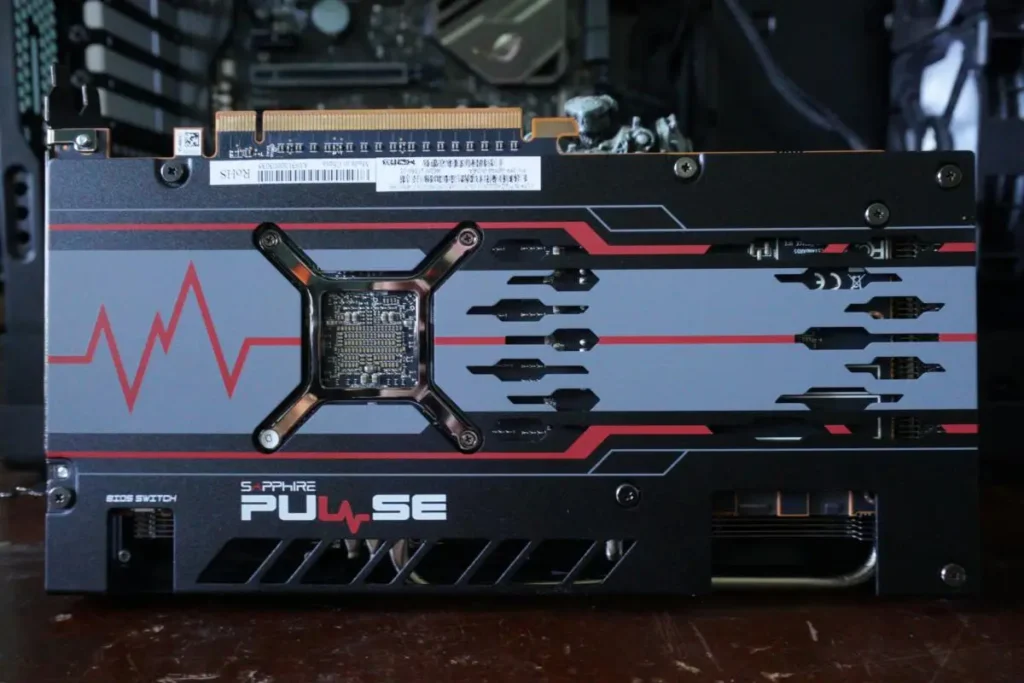
Design:
A Reference GPU follows the original design created by the GPU manufacturer. It uses a standard cooling system, power connectors, and other components.
On the other hand, Custom GPUs are made by third-party companies like ASUS or MSI. These companies often modify the reference design to improve performance, cooling, or aesthetics.
Cooling:
One of the biggest differences between Reference and Custom GPUs is the cooling system. Reference GPUs usually come with a basic cooling solution, like a blower-style fan. This fan pushes hot air out of the back of the card.
Custom GPUs, however, often feature more advanced cooling systems, like dual or triple fans, better heat sinks, and even liquid cooling options. This can result in lower temperatures and quieter operation.
Performance:
While Reference GPUs are designed to meet the basic performance standards of the new GPU model, Custom GPUs often offer better performance.
Manufacturers may increase the clock speed (known as overclocking), which can result in faster performance in games and other applications.
Price:
Reference GPUs are often priced lower than Custom GPUs. This is because they use a basic design and standard components. Custom GPUs, with their advanced cooling and higher performance, typically cost more.
Availability:
Reference GPUs are usually available at the time of the GPU’s launch. Custom GPUs may be released a bit later, as manufacturers need time to create and test their own designs.
Should You Buy a Reference GPU?
Whether or not you should buy a Reference GPU depends on your needs and preferences.
Budget:
If you’re on a tight budget, a Reference GPU might be a good choice. They are often cheaper than Custom GPUs and still offer good performance for most users.
Availability:
If you want to get the new GPU as soon as it’s released, a Reference GPU is your best option. Custom GPUs may take longer to become available, especially for popular models.
Cooling and Noise:
If you’re concerned about cooling and noise, you might prefer a Custom GPU. These models often run cooler and quieter than Reference GPUs, thanks to their advanced cooling systems.
Overclocking:
If you want to get the most performance out of your GPU, a Custom GPU might be the way to go.
Many Custom GPUs are factory overclocked, meaning they offer better performance right out of the box. Some also offer better stability and more headroom for further overclocking.
Popular Reference GPU Models:
Both NVIDIA and AMD have released several notable reference GPUs over the years.
NVIDIA Reference GPUs:
NVIDIA’s Founders Edition cards are the company’s reference models. They showcase the latest technologies and set performance benchmarks for each new generation.
Models like the NVIDIA GeForce RTX 3080 Founders Edition have been praised for their performance and design innovations.
AMD Reference GPUs:
AMD releases reference models alongside their new GPU launches, such as the AMD Radeon RX 6800. These cards display AMD’s advancements in graphics technology and provide a solid foundation for custom variants.
Are reference cards better?
Reference cards are not always better. They offer a standard design and cooling, but custom cards often have improved cooling, better performance, and additional features, making them more appealing.
Are AMD reference cards good?
AMD reference cards are solid and reliable, offering good performance and cooling. However, custom cards often have better cooling and extra features that might be more appealing for some users.
Reference GPU vs non reference:
Reference GPUs follow the original design by the manufacturer, ensuring standard performance and cooling.
Non-reference GPUs, created by other companies, often have improved cooling, higher performance, and extra features.
Reference card example:
An example of a reference card is the AMD Radeon RX 6800. It features the original design and cooling from AMD, providing standard performance and reliability.
What is a reference card?
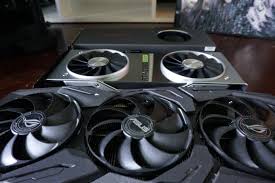
A reference card is a graphics card designed and made by the original manufacturer, like AMD or NVIDIA. It follows their standard design and cooling setup, offering reliable performance but often fewer features compared to custom models.
What is a non-reference?
A non-reference card is made by other companies, not the original manufacturer. It often has improved cooling, higher performance, and extra features compared to the standard reference design, providing better options for users.
Nvidia’s Common Reference GPU Models:
Common Nvidia reference GPU models include the GeForce GTX 1080 and RTX 3080. These models represent Nvidia’s standard design and performance, offering reliable graphics for gaming and other tasks.
What are Reference Cards and Non-Reference Cards?
Reference cards are graphics cards designed by Nvidia or AMD with a standard look and performance.
Non-reference cards are made by other companies, offering custom designs, better cooling, and sometimes higher performance than reference cards.
What is an alternative graphics card?
An alternative graphics card is a different brand’s version of a popular GPU. These cards offer similar performance but may have unique designs, better cooling, or extra features compared to the original reference model.
Are reference GPUs cheaper?
Yes, reference GPUs are often cheaper because they use the standard design directly from Nvidia or AMD. They usually have basic features and cooling, making them more affordable than custom or non-reference models.
How do I compare between graphics card?
To compare graphics cards, check key features like GPU model, memory size, clock speed, and cooling system. Look at benchmark tests and customer reviews to see real-world performance differences. This helps in choosing the best option.
Which should you buy, reference or custom graphics cards?
If you want a basic, budget-friendly option, choose a reference card. If you need better cooling, higher performance, or custom designs, go for a custom graphics card. It depends on your needs and budget.
What does GPU stand for in Iphone?
In an iPhone, GPU stands for “Graphics Processing Unit.” It handles the visuals, like games and videos, ensuring smooth and fast performance. The GPU makes the screen’s images and animations look good and run smoothly.
What are aftermarket GPUs?
Aftermarket GPUs are graphics cards made by companies other than Nvidia or AMD. They often have custom designs, better cooling, and extra features compared to the standard models, offering more options for users.
What is a GPU in Apple?
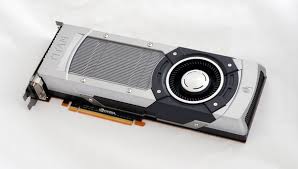
In Apple devices, a GPU (Graphics Processing Unit) is responsible for handling graphics tasks like animations, games, and video playback. It ensures smooth visuals and fast performance on iPhones, iPads, and Macs.
FAQs:
1. What is the main advantage of a reference GPU over a custom GPU?
The main advantage is that reference GPUs provide early access to new technology at the manufacturer’s suggested retail price, offering standardized and reliable performance as intended by the original creators.
2. Can I overclock a reference GPU?
Yes, you can manually overclock a reference GPU. However, due to less efficient cooling solutions, it’s important to monitor temperatures carefully to prevent overheating.
3. Are reference GPUs suitable for gaming?
Absolutely. Reference GPUs are capable of handling gaming demands effectively, especially at standard settings. For higher performance or better cooling, custom GPUs might be preferable.
4. Do reference GPUs come with warranties?
Yes, reference GPUs come with warranties provided by the manufacturer, offering protection against defects and ensuring customer support.
5. Where can I purchase a reference GPU?
Reference GPUs can be purchased directly from the manufacturer’s website, authorized retailers, and various online marketplaces when they are released.
Conclusion:
In conclusion, a Reference GPU is the original design of a graphics card made by the chip manufacturer like NVIDIA or AMD. It’s a standard model used as a base for other companies to build upon. While Reference GPUs are often more affordable, Custom GPUs offer better cooling and performance. Your choice depends on your budget and performance needs.
